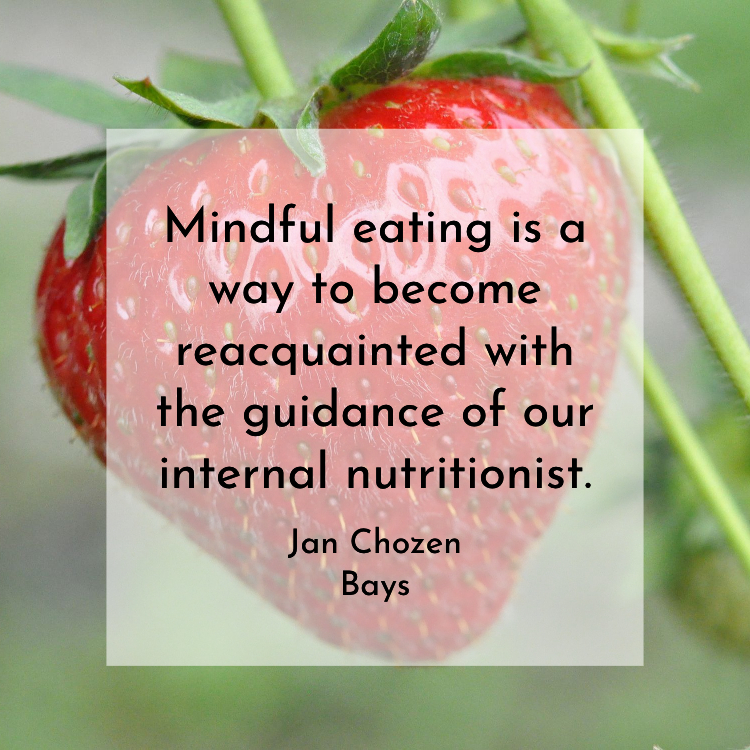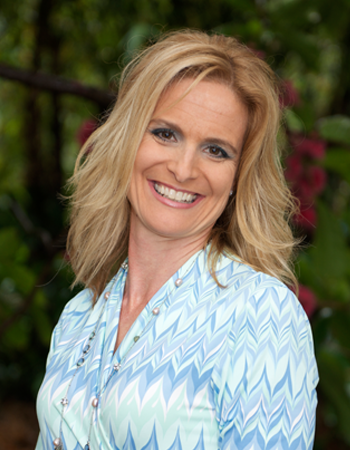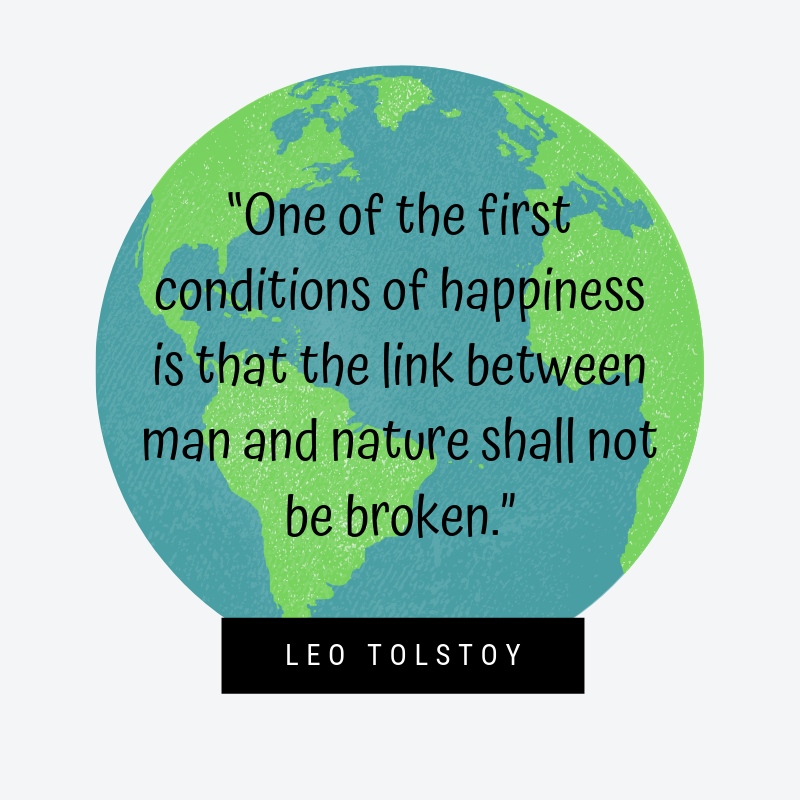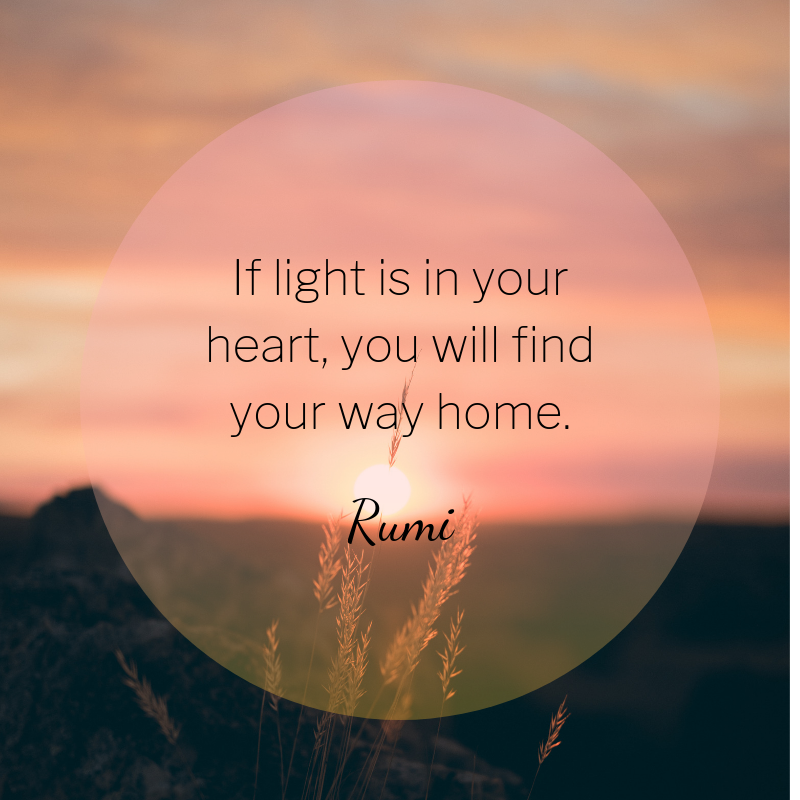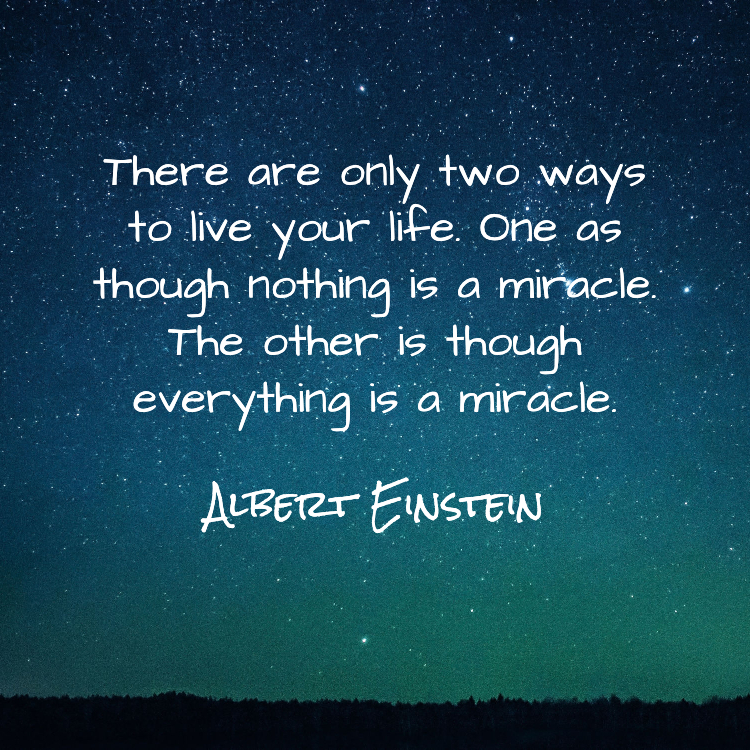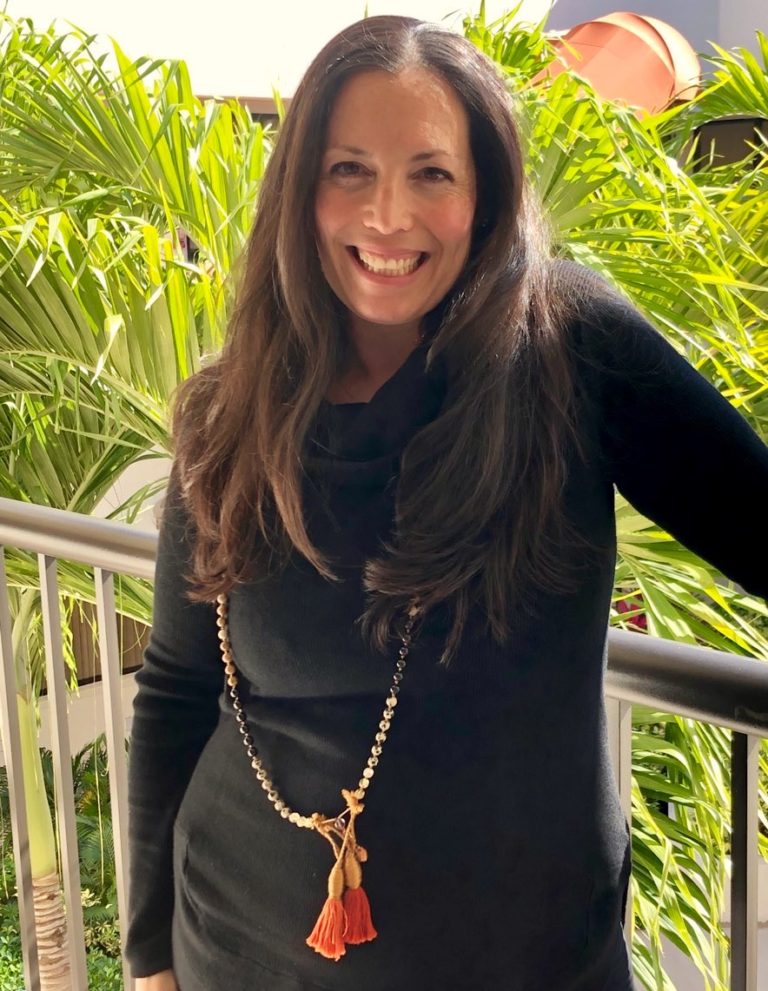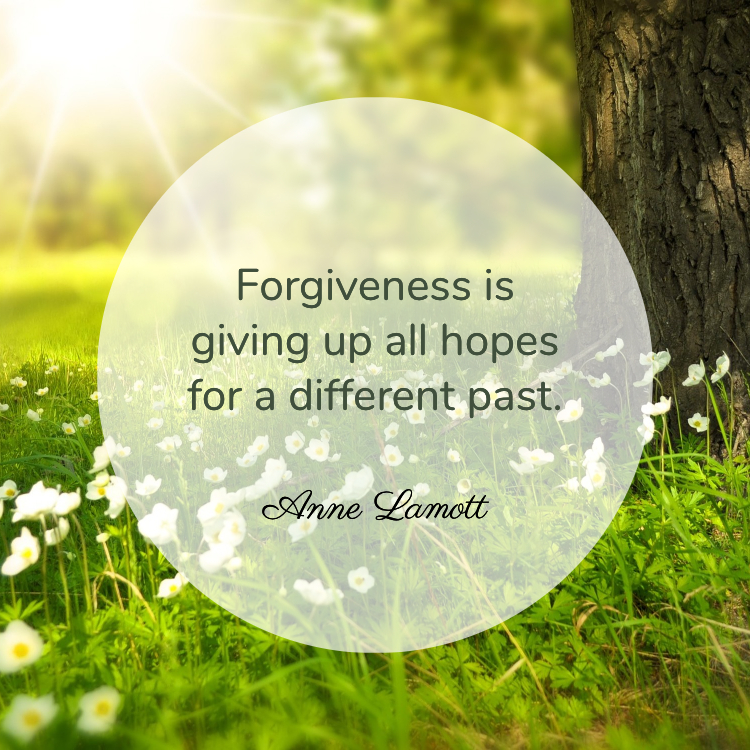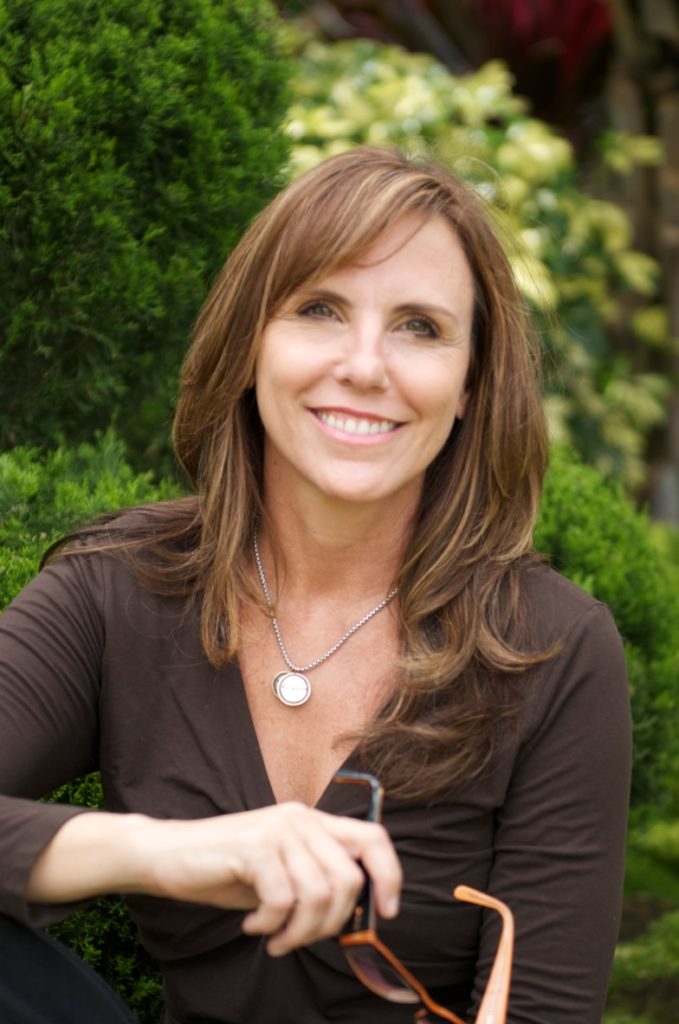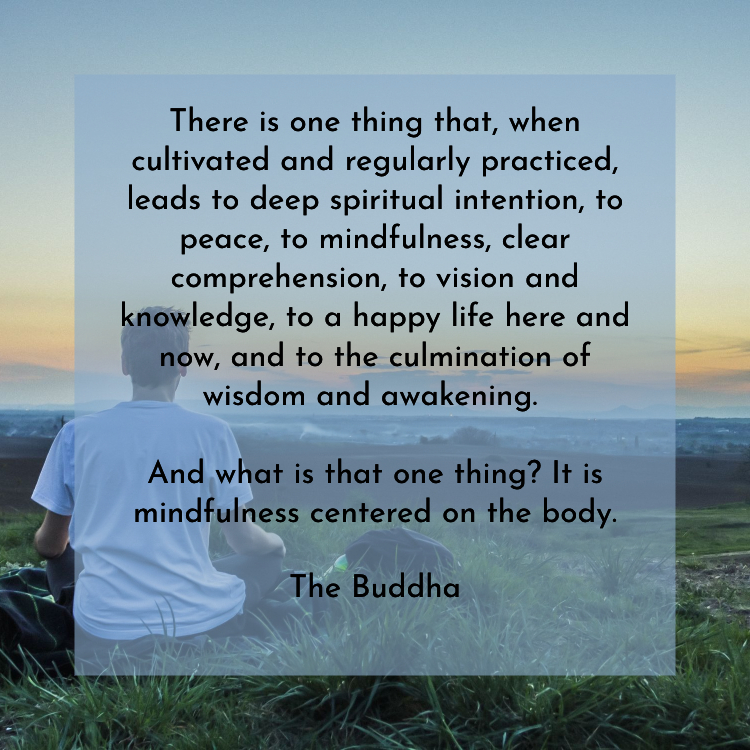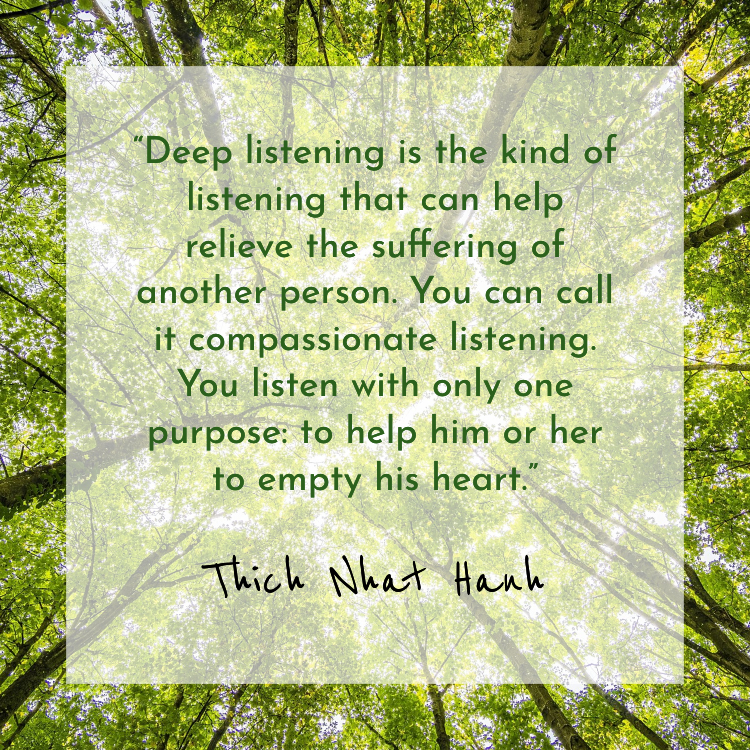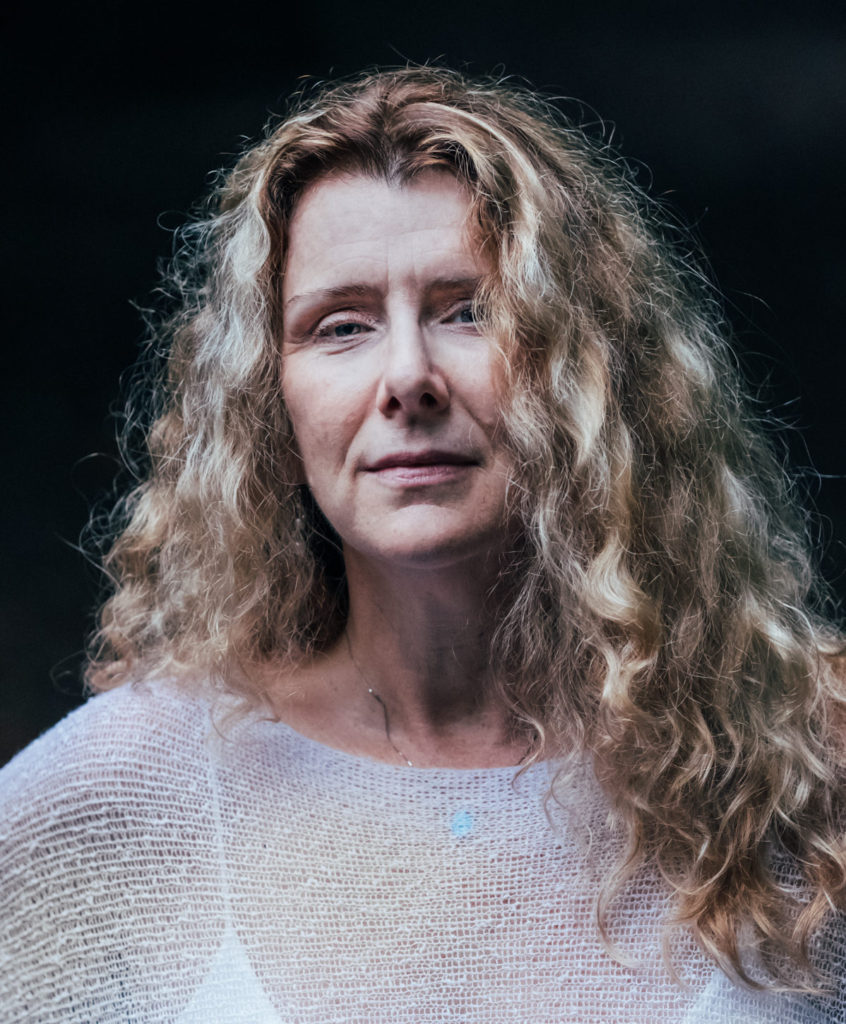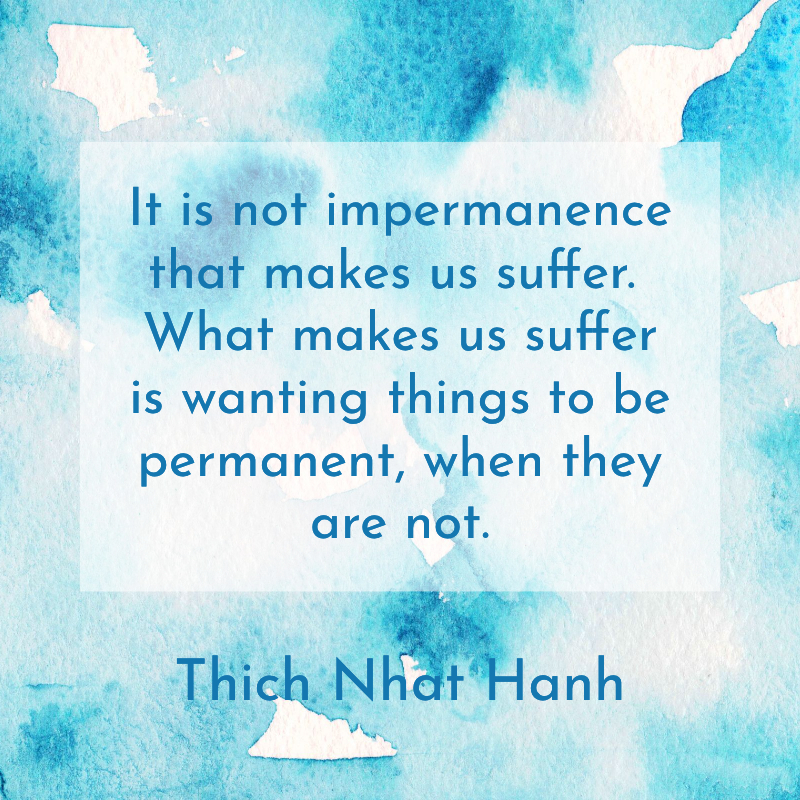
Do you want to suffer less and have more happiness and contentment in your life? The word duhkha is a common word in Yoga and Buddhist philosophy – it translates as suffering. Most of us think that pain and suffering are synonymous, but what if I told you that one was actually optional?
Pain might be the experience of grief, sadness, anger and any other emotion or perhaps a physical experience of pain, but none of these are suffering. Pain is actually separate from suffering – we experience the physical or emotional pain of an event when it happens, but it is our RESPONSE to that pain, and our ongoing RELATIONSHIP with that pain, that leads to our optional suffering.
A common experience is when a parent/spouse/child – someone with whom you have an ongoing, intimate relationship – has done something in the past that has hurt you or made you angry. When it happens again in the present, instead of your current reaction being related to this single occurrence, it gets tied to all past events and emotions as well, leading to pain plus suffering. Then, there can even be anticipatory emotions about what might be coming – suffering for something that hasn’t even occurred! A less charged example is that you stub your toe hard and it really hurts! That’s pain. Now, though, you can’t exercise until it heals and you love and need your exercise; you’re very upset about this. That’s suffering.
Being free from suffering does not mean you are working toward not feeling, toward a somehow emotionless life; this is a misunderstanding. We experience and become a witness to our emotions, but we are NOT our emotions. They are discrete experiences, right here, right now. It’s not a denial of emotional pain, but a shift in perspective – it is what it is, as people now say, and nothing more.
It’s our attachment to what is pleasant, our aversion to unpleasantness, and our linking of experiences together that causes the suffering – the wanting and the pushing away. Allow the pain/emotion to rise, experience it, be a present witness to it, try not to identify with it, and then, be mindful to not feed it or let it get tied to anything other than this present moment. It takes practice, and acceptance is key! Hopefully, over time, this will help you create a different relationship with your pain.
Yours, in service, K.O.
Practice Steps:
- Notice the emotion or physical sensation that is present (the pain), like a worry or tension in the body.
- Pause – be curious about it. Make a conscious decision to look at it.
- Allow the feeling or sensation to fully rise up within you, being conscious that the feeling or emotion is simply an experience – try not to identify with it as anything other than an experience. Keep the experience to the “right now” moment and be conscious not to get caught up in the past.
- Observe any insight that might arise around the sensation or emotion. Be mindful to stay present in the “now” as an objective observer.
- Have compassion for the pain you are experiencing.
- Connect within yourself to a feeling of wholeness and spaciousness.
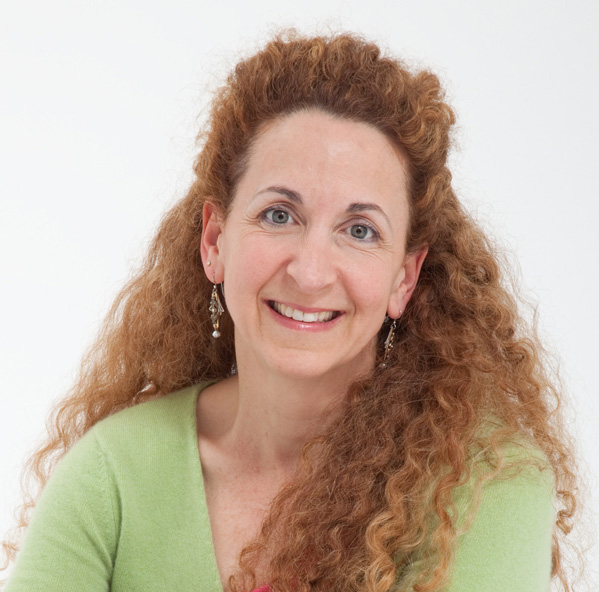
Kathy Ornish is a practicing and certified yoga therapist (c-IAYT) and a certified yoga teacher (E-RYT-500). She serves as Senior Faculty at Gary Kraftsow’s American Viniyoga Institute where she is Faculty Specialist in the Viniyoga Foundations Program for Teaching and Yoga Therapy. Kathy’s yoga therapy practice involves addressing individual’s structural, physiological, and emotional conditions. Her primary emphasis in all her teaching is the breadth of the yoga tradition using the appropriate application of the many tools of yoga in hopes that she can help people realize their highest potential. Coming this Fall, KO will be offering workshops and one-to-one yoga therapy appointments at Sacred Treehouse. For more information, visit sacredtreehouse.org. You may also visit her website at goodspaceyoga.com.

